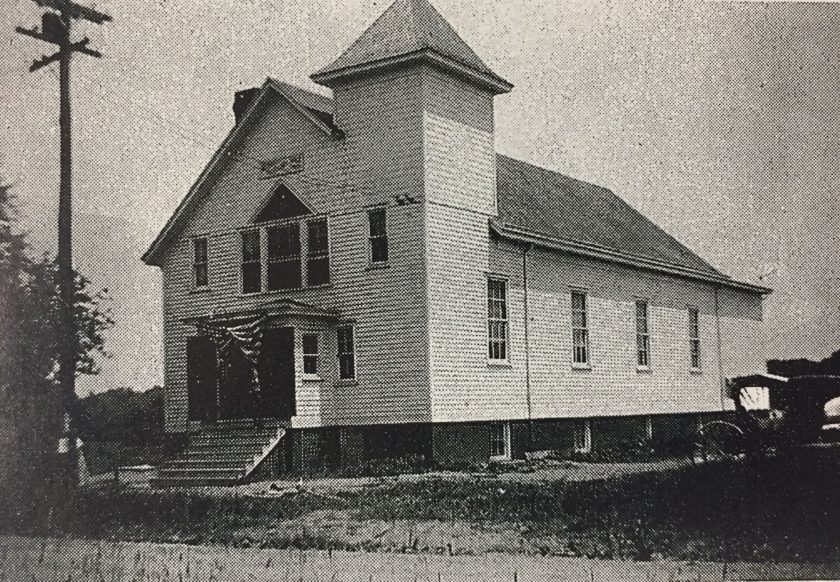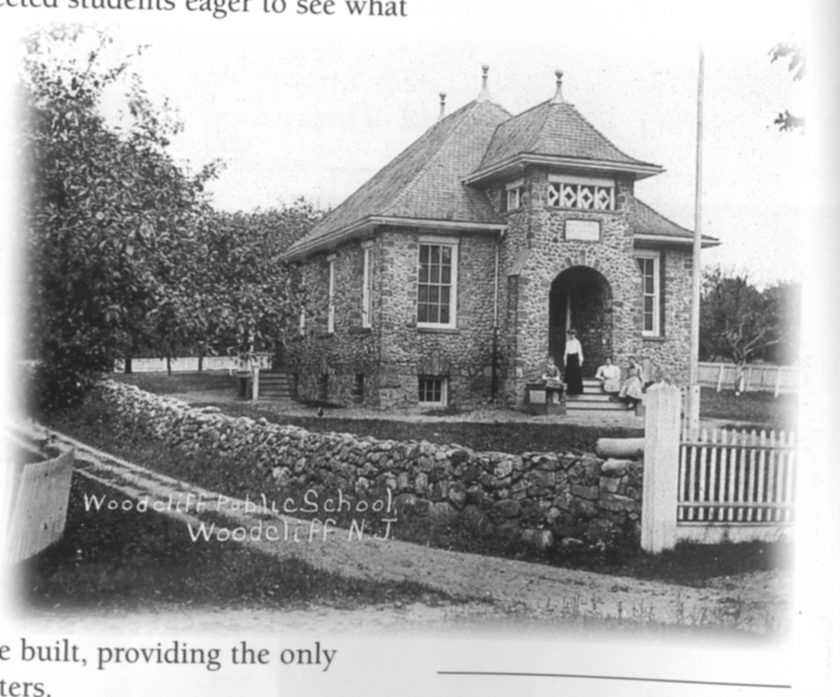

WOODCLIFF LAKE, N.J.—This week 125 years ago, on Oct. 16, 1894, Woodcliff had its first council meeting—at the home of the borough’s first mayor, Samuel Burrage Reed.
Back in August, the village had held a referendum to determine whether it should break away from the Township of Washington to form its own borough. With 46 votes cast—38 for incorporation, eight against—the borough called “Woodcliff” was born.
In September, the men of Woodcliff (for only men could vote in elections in those days before the 19th amendment) went to the polls to elect the borough’s first governing body, including Samuel Burrage Reed, a nationally known architect, as mayor.

With offices based in New York City, Reed was the architect behind prominent buildings in New Jersey, New York and Connecticut—including the Passaic County Courthouse, Middle Collegiate Church on Second Avenue in New York City, and more. Locally, in 1895 he designed both St. Paul’s Episcopal (Old Stone) Church, still standing on Grand Avenue in Montvale, and the first schoolhouse in Woodcliff, a fieldstone structure that’s still standing on Woodcliff Avenue in the midst of a modern middle school.
Years before the new borough would have its first municipal building, local officials met for the first time at Reed’s home on Oct. 16, 1894. Reed took out a box containing a book for keeping meeting minutes, a book for recording ordinances, and books for the auditor, warrants, records of dog licenses, and invoices. Woodcliff was underway.

Under the new business portion of the agenda, the council approved use of Park Ridge’s bylaws regarding committees and rules until Woodcliff could write its own. A borough attorney was also appointed at a salary of $25 per year. Back then, the total amount raised by taxation in the borough was about $3,500. Taking inflation into account, that’s equivalent to about $104,500 today.
Early in the new century, the “Lake” part of the borough’s name would be added after the reservoir was constructed. The borough would also get its first municipal building on Pascack Road, the structure shown in the photo at left. Built in 1905, it served the borough for just 34 years before being torn down at the start of 1939. That year, the current borough hall was constructed in the same location.
